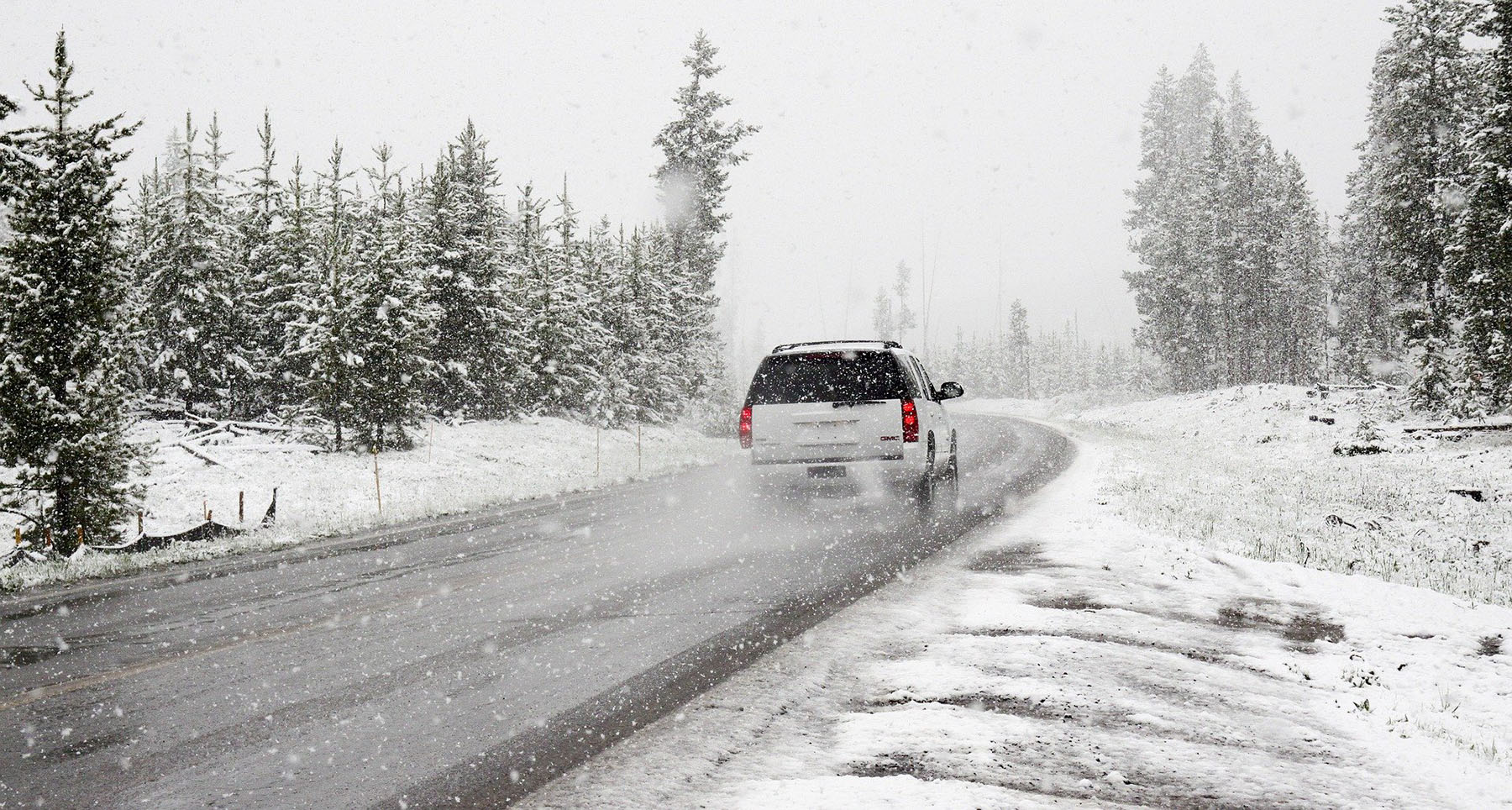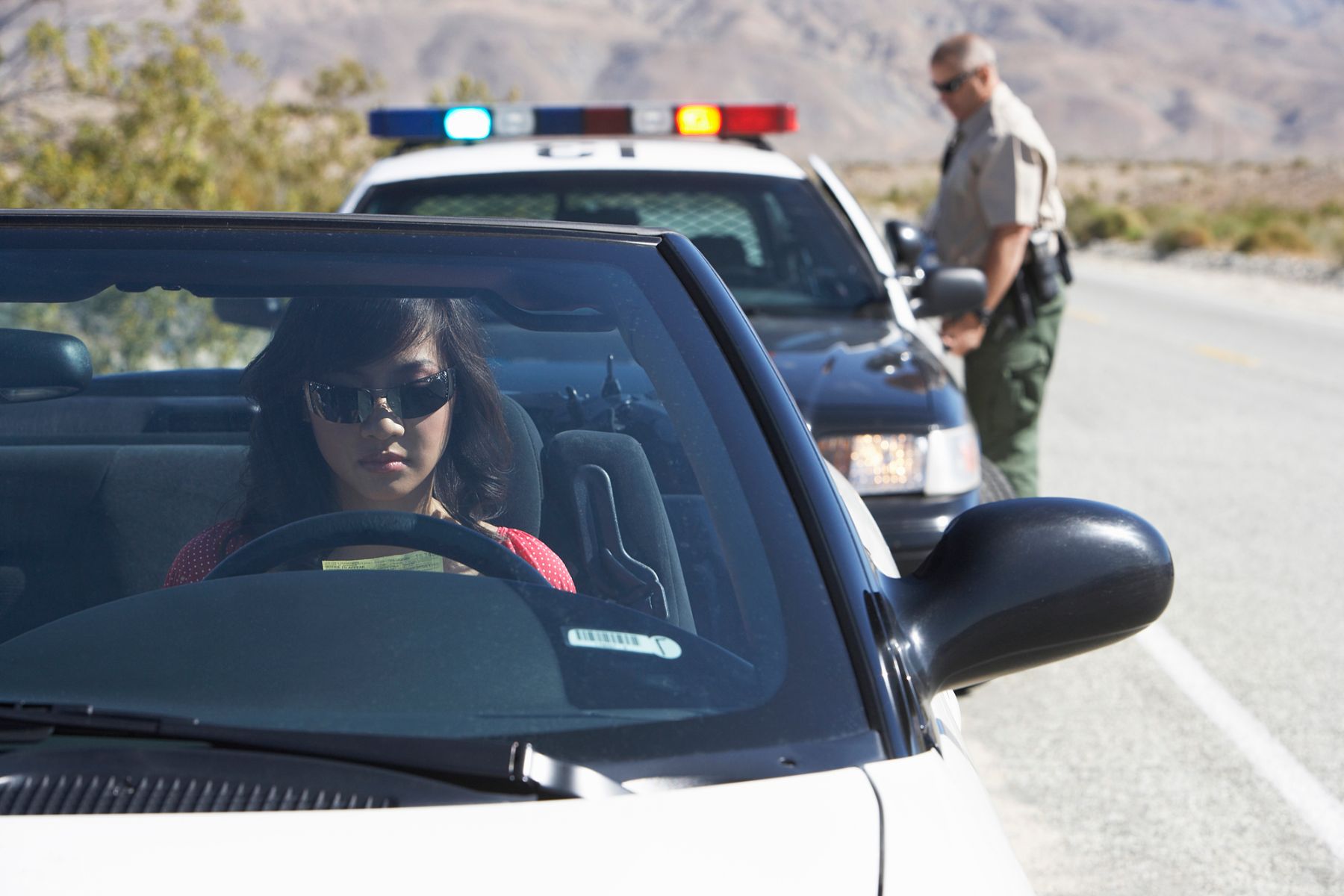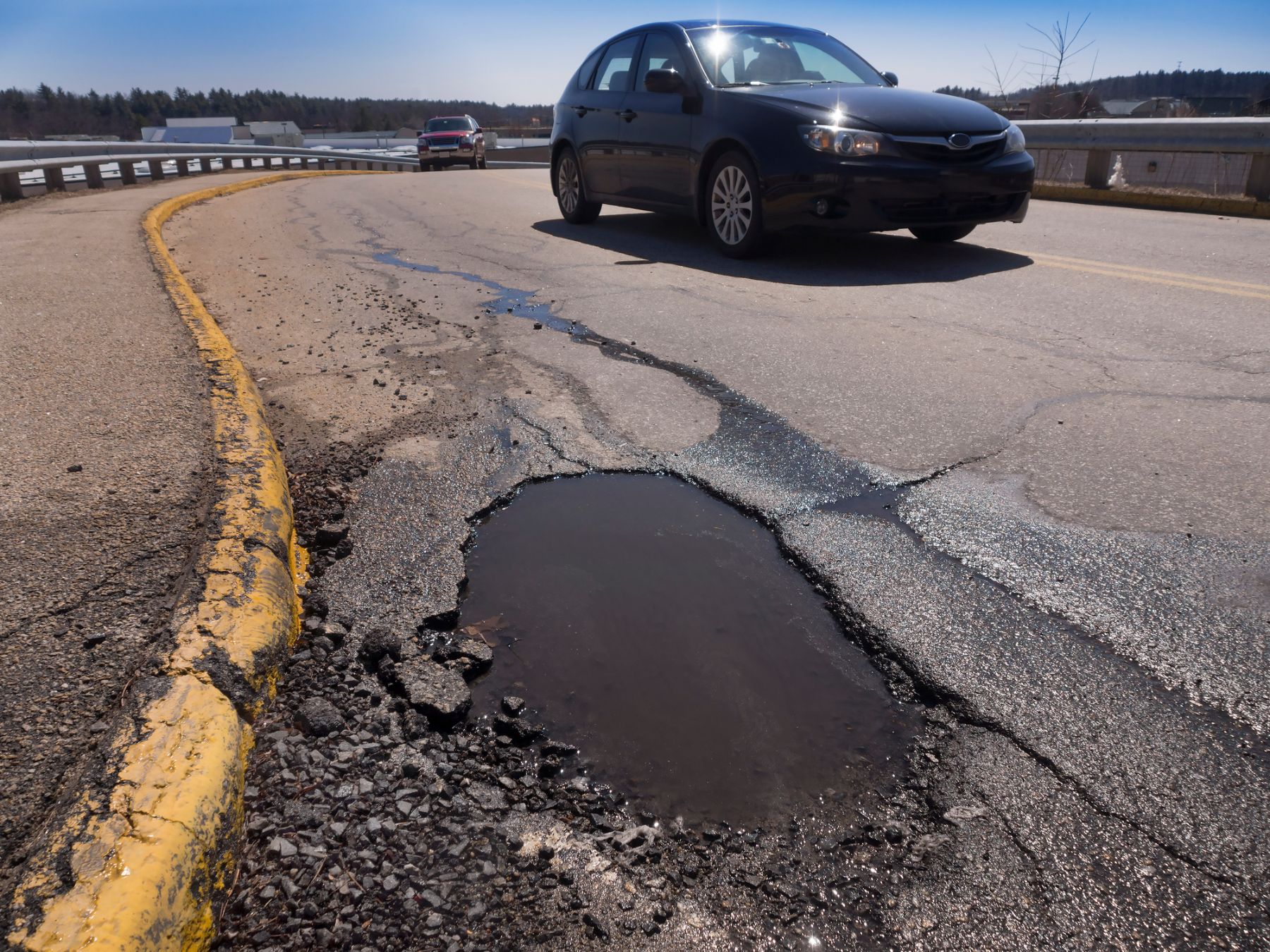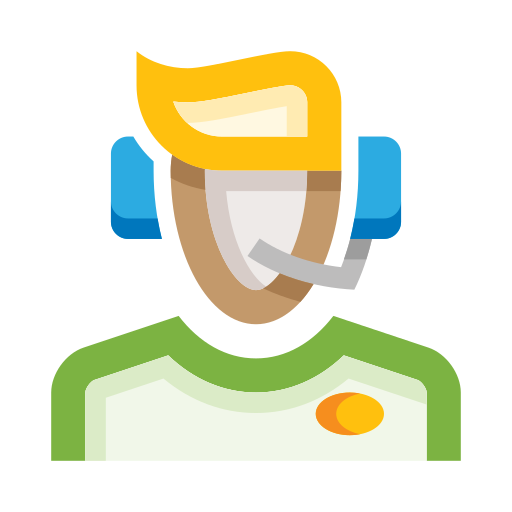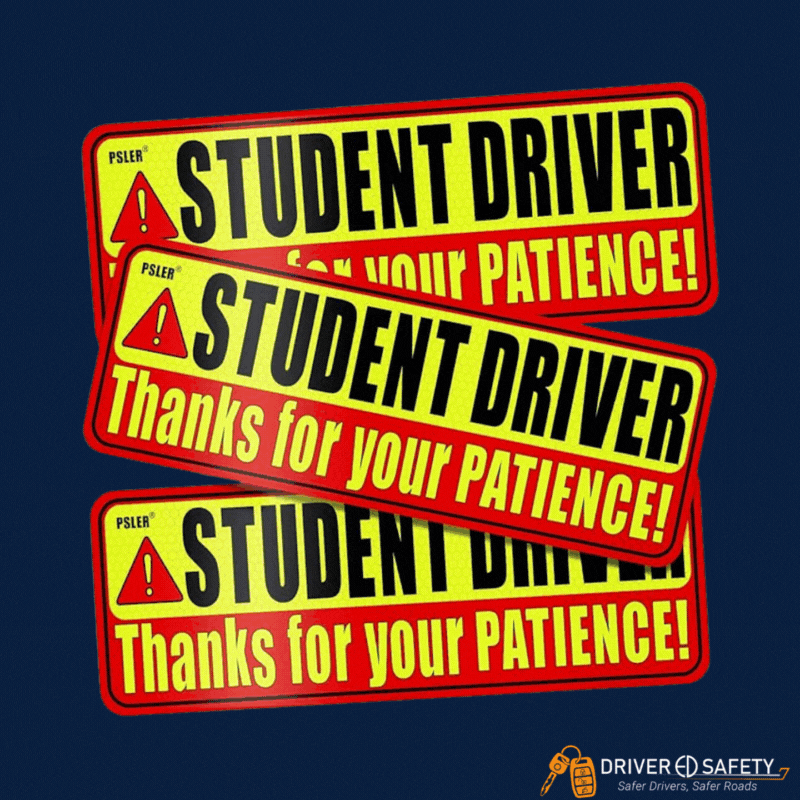
If you’ve been on the road in recent years, you’ve almost definitely seen at least one so-called ‘traffic circle.’ You might have wondered why they’re popping up everywhere: Are roundabouts easier to navigate? Are they just prettier to look at?
The new prevalence of roundabouts really comes as no surprise when you consider all the safety, economic, and environmental benefits these intersections provide.
What’s so Great About Roundabouts?
First, they’re designed to keep traffic moving by requiring drivers to slow down and yield instead of coming to a full stop and idling at every crossing. The Indiana Department of Transportation (INDOT) reports a 30-50% increase in traffic capacity compared to traditional intersections. They also note increased efficiency over intersections with high rates of left turns.
Next, roundabouts are safer for cars and pedestrians. According to INDOT, roundabouts provide 75% fewer conflict points leading to 76% fewer vehicle crashes with injuries and 30-40% fewer pedestrian accidents. Since there are fewer chances for cars to cross each other’s paths and more stopping points for crosswalks, roundabouts greatly reduce potential impacts and impact severity as shown in this diagram.
Source: City of Carmel
How do You Drive in a Roundabout?
With so many roundabouts popping up all around the state, it’s important that Hoosier drivers know how to navigate them. Here are our basic tips which can be applied to most styles of roundabout:
-
- Slow down as you approach the roundabout and be prepared to yield to pedestrians and vehicles already in the traffic circle. Stop only if there is no opening for you to safely enter the circle.
-
- In the case of a multi-lane roundabout, follow posted signs to make sure you’re in the correct lane for where you want to go.
- Typically, the left lane will allow you to take the third exit/go left; the right lane will let you take the first exit/go right; one or more lanes will send you to the second exit/straight. Roundabouts may vary so reading these signs is very important!
- In the case of a multi-lane roundabout, follow posted signs to make sure you’re in the correct lane for where you want to go.
-
- Once you have an opening in the traffic flow, enter the roundabout and stay in your lane – shifting lanes in a roundabout is extremely dangerous.
-
- While signaling your intention to exit a roundabout isn’t legally required in Indiana, there has been debate on the safety aspects of implementing the requirement.
-
- Remain in your lane even as you exit the roundabout.
- If you’re in the left or inside lane of a multi-lane roundabout, keep an eye on drivers to your right as you exit to avoid a collision if they aren’t correctly following their lane’s signage.
- Remain in your lane even as you exit the roundabout.
Check out these helpful images illustrating the flow of traffic for roundabouts with two lanes:
Source: Indiana Dept. of Transportation
Roundabouts can come in many different shapes and sizes to meet various needs, but the rules above still apply: slow down, make sure you’re in the correct lane, wait for an opening, stay in your lane, and carefully exit.
Whether the roundabout is elongated to pass over or under a bridge, has more than two lanes, only has three exits, or has separate lanes to turn right without entering the traffic circle, following these basic rules will get you through without much issue.
The last major element to being a skilled roundabout driver is practice. These traffic flows might seem intimidating but once you get some hands-on experience navigating them, you’ll likely realize how much they improve the drive.
If you’re ready to get behind the wheel, get started today with our open enrollment Online Course, or register for a Traditional Class or Behind the Wheel lessons.




